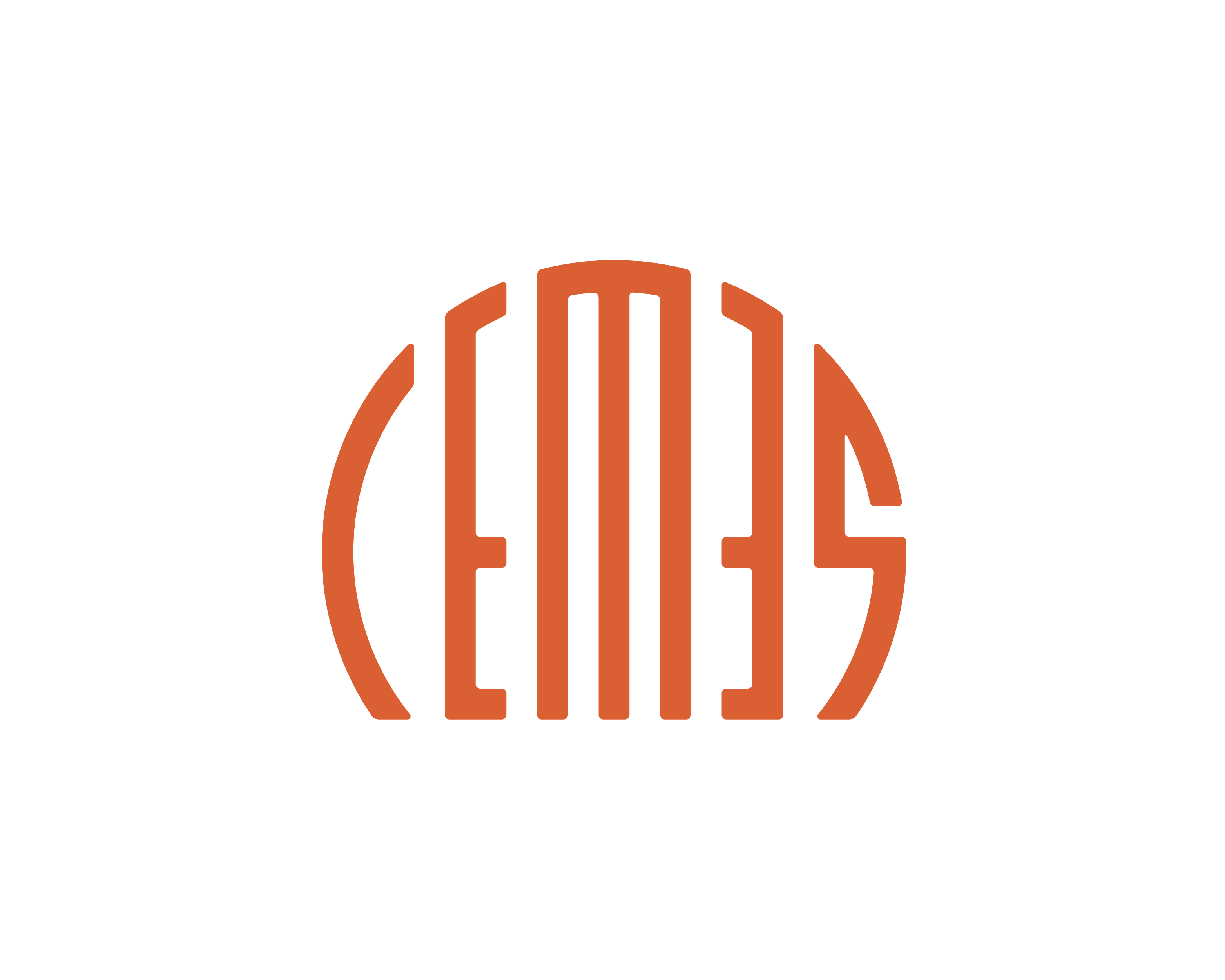Internal field mapping of silicon nanostructure at sub-wavelength resolution using Tip Enhanced Raman Spectroscopy
CHEMISTRY & GREEN CHEMISTRY

Lab: CEMES
Duration: NanoX master Internship (8 months part-time in-lab immersion)
5 months full-time internship
Latest starting date: 15/02/2022
Localisation: CEMES-CNRS,
29 rue Jeanne Marvig,
31055 Toulouse
Supervisors:
Paillard Vincent, Prof paillard@cemes.fr
Jean-Marie Poumirol, Dr jean-marie.poumirol@cemes.fr
This research master's degree project could be followed by a PhD
Work package:
For several years, nanoscale optics was driven by plasmonics since noble metal nanostructures support surface plasmon resonances that can be used to manipulate, concentrate or redirect visible light. [1] These very appealing properties for potential applications in integrated optics, sensors, nonlinear optics, or field enhanced spectroscopy are however limited by the large internal losses in the metal due to high optical absorption.
An alternative approach emerged with optically resonant high-index dielectric nanostructures (NS) [2]. Such NS, by manipulating Mie optical resonances via their size and shape and the constituent material, offer the same properties and applications as plasmonic NS, with the advantages of much weaker absorption losses at optical wavelengths, and the access to semiconductor processing technologies for nanofabrication (Fig. 1).
Therefore, silicon (Si) is an excellent candidate with a high refractive index, a low extinction coefficient in the visible to NIR spectrum, and a perfect control of nanostructure fabrication.
The master internship is focused first on studying the optical resonances of simple Si NS (disks, cubes, etc), which can be determined by numerical simulations and experimentally by dark-field optical spectroscopy. These resonances are also at the origin of enhanced electric or magnetic field inside the nanostructures, leading to enhanced or resonant Raman scattering from those nanostructures [3]. Except for the two lowest order modes (electric and magnetic dipole modes), the spatial distribution of the internal field can be complex but cannot be measured using confocal microscopy because of the limited spatial resolution. To reach sub-wavelength spatial resolution, it is necessary to use a near field optics experimental set-up. We have at CEMES an experimental device based of an AFM (atomic force microscope) coupled to a Raman spectrometer. We can obtain either a topological image (AFM mode) or a tip-enhanced spectroscopic image. In such case, the AFM tip is irradiated with an excitation laser. By choosing the tip and optimizing its interaction with the observed system, it is possible to strongly enhance the optical signal emitted below the tip, thus increasing the spatial resolution to about a few tens of nanometer. The intern will have to learn how to use the set-up and obtain AFM and Raman maps, which will be correlated to the maps of internal field spatial distribution.
This work will be very useful for other works in progress, in particular the coupling of Si NS to quantum emitters positioned in their near field. Indeed, the control of light emission by these emitters is strongly dependent on their position around the Si NS [4].
This internship, mostly experimental, but using also numerical simulations, aims at studying the near- and far-field optical properties of Si nanostructures.
The research project includes (i) full characterization of the Si NS optical properties using the different devices available at CEMES (elastic light scattering, Tip Enhanced Photoluminescence Spectroscopy, Tip Enhanced Raman Spectroscopy); (ii) simulations using numerical tools available at CEMES to model and/or predict the experimental results.
The Si-NS fabrication and the emitter depositions on the Si-NS are performed in the framework of several collaborations (French Research National Agency).
References:
1. Antennas for light, L. Novotny and N. van Hulst, Nat. Photon. 5, 83 (2011)
2. Optically resonant dielectric nanostructures, A. Kuznetsov et al, Science 354, 846 (2016)
3. Resonant Raman scattering from silicon nanoparticles enhanced by magnetic response, P. A. Dmitriev, Y.Kivshar et al, Nanoscale 8, 972 (2016)
4. Unveiling the optical emission channels of monolayer semiconductors coupled to silicon nanoantennas, J.-M. Poumirol, V. Paillard et al, ACS Photonics 7, 3106 (2020)
Areas of expertise:
Nano-optics, silicon antennas, Mie resonance, quantum emitters, light source at the nanoscale, optical spectroscopy, numerical simulations
Required skills for the internship:
Very goodbackground in general physics (optics, electromagnetism, solid state physics, quantum physics) e.g. B.S. in physics,stronginterest for both optical experiments andnumerical simulations
